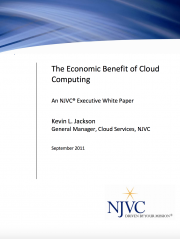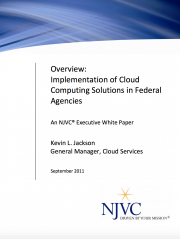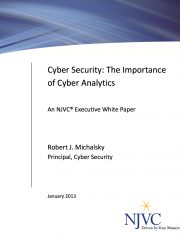The current state of cybersecurity has been largely defined by two major factors—an evolving threat landscape, and the various regulations that have been put in place to combat those threats. The amount of sensitive information that is currently available has been increasing exponentially, and will probably continue to do so. The best way to combat the potential for unauthorized access to such information is to know what is going on in your information technology (IT) enterprise systems—how much data there is, how many machines there are, who is using the machines and whether or not there have been any attempts by unauthorized persons to retrieve your data or attack your system. The various types of information referred to above are known as security metrics. The more metrics you have, the better able you will be to discover system anomalies and other unusual activity before it can adversely affect your system. Securing an entire enterprise requires careful planning and execution. The following five steps are involved in the process: Step One: Inventory Step Two: Assessment Step Three: Establish security framework Step Four: Cyber analytics Step Five: Deployment The ability to analyze their past and present operations allows an organization to look forward and reduce future risk—which is the main goal of cyber analytics
White Papers
Better ideas make better enterprises
The Importance of Cybersecurity Analytics
White Papers

The Economic Benefit of Cloud Computing

Implementation of Cloud Computing Solutions in Federal Agencies

Cloud Computing: Risks, Benefits and Mission Enhancement for the Intelligence Community


